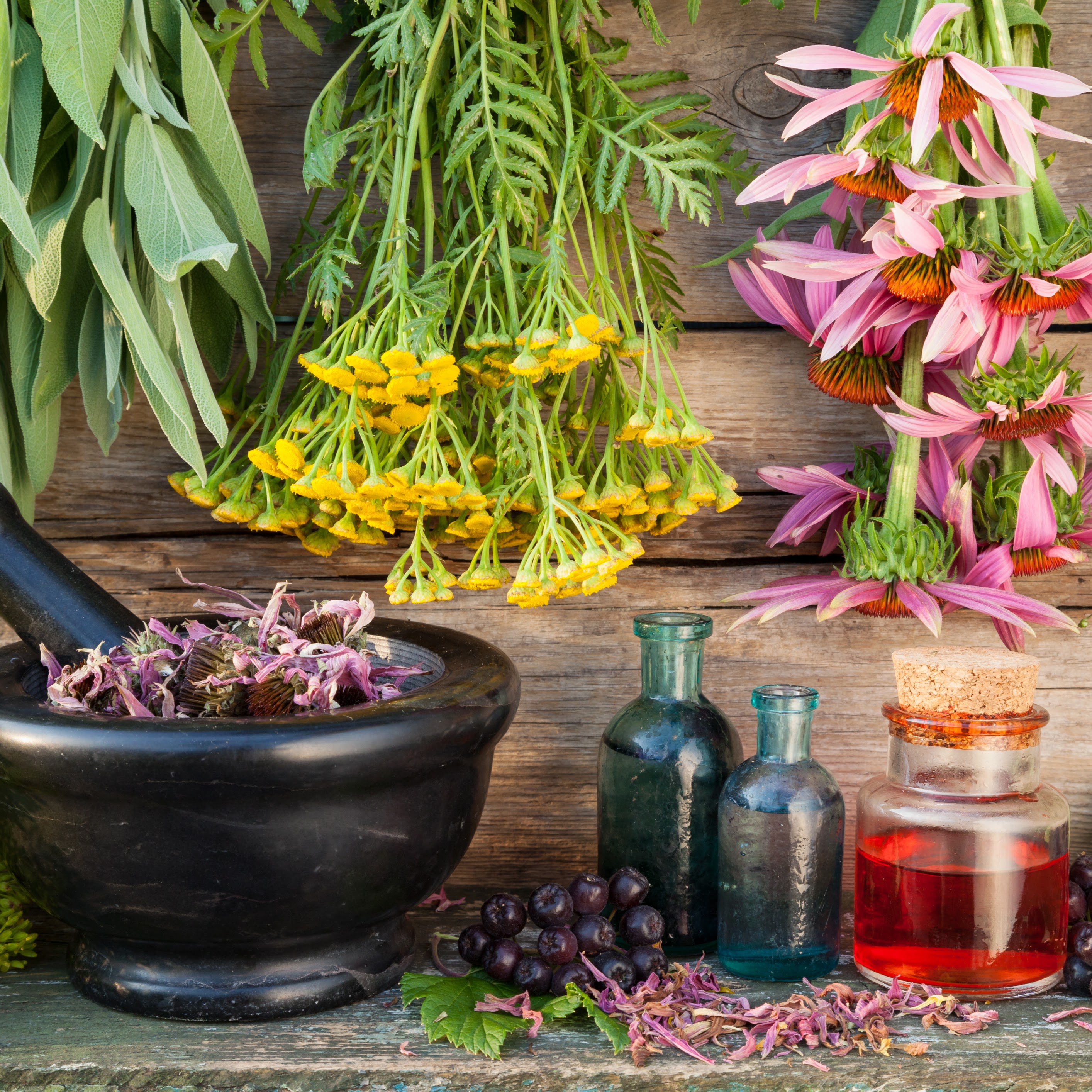Ingredients

We only use truly natural ingredients. You don't have to be an expert in chemistry to understand what our products contain. So if you want to know more about their properties and why we have selected them, here is a short guide written by pharmacists and phytotherapists.
Essential oils
Essential oils (from the Latin essentia, "nature of things") are plant extracts in liquid form, obtained by distillation. This produces The essential oils of lavender, lemongrass, eucalyptus and thyme subtly combined confer their fragrant powers to us. The components they contain, such as citronellol, citronellal, eugenol, geraniol, limonene and linalol, contribute to their fragrance. They can nevertheless cause allergies in some people, but in low concentrations, they are not dangerous and give our products their intrinsic properties.
Most of Lyneline's raw materials are certified organic. They are chosen with extreme care to ensure high quality.
Lavandin essential oil is the result of steam distillation of lavandin abrial, a natural hybridization between the two species of lavender Lavandula vera and Lavandula latifolia. According to an abundant scientific literature, the essential oil of Lavandin is antimicrobial, antifungal and healing. It accelerates the healing of small wounds and burns. It confers a favorable psychological and immunological effect during massages in cases of pain, muscle contractures http://www.wikiphyto.org/wiki/Lavande_vraie.
Thyme (Thymus Vulgaris or Zygis) essential oil is powerfully antimicrobial and antioxidant according to the literature http://www.wikiphyto.org/wiki/Thym_vulgaire.
Peppermint essential oil when applied to the skin is antiseptic, antifungal, and cooling according to the literature http://www.wikiphyto.org/wiki/Menthe_poivrée.
Eucalyptus globulus essential oil is antibacterial, antiviral, antioxidant, and anti-inflammatory according to literature http://www.wikiphyto.org/wiki/Eucalyptus_globuleux.
Lemongrass essential oil (Cymbopogon winterianus) is antibacterial, antifungal, deodorant, and insect repellent according to literature http://www.wikiphyto.org/wiki/Citronnelle_de_Ceylan.
Chamomile chamomile extract is obtained by extracting the chamomile flowering plant. According to the literature, chamomile is antioxidant, bactericidal and its anti-inflammatory activity is at the top of the herbal hit parade http://www.wikiphyto.org/wiki/Matricaire.

Rapeseed oil
The question should rather be "why use coconut or argan oil when rapeseed is flourishing all over Switzerland? ». Rich in omega-3 and omega-6, rapeseed contains particularly few saturated fatty acids. Local, and by definition more sustainable, it has nothing to envy to the oils produced on the other side of the world.
Rapeseed oil contains up to 30% linoleic acid, which is an essential polyunsaturated fatty acid involved in the production of the cell membrane. Grape seed oil contains particularly high levels (up to 80%) and olive oil up to 20%. A deficiency of linoleic acid in the diet causes dry skin.

Olive oil
Produced in our European neighbours, olive oil has as many virtues as its exotic equivalents. Your skin will stay hydrated.

Soda ash
Soda is the alkaline agent that transforms oil into soap. Historically, it was obtained by collecting ashes from the combustion of plants, or from the bottoms of certain lakes. Today, it is mainly produced from seawater.
